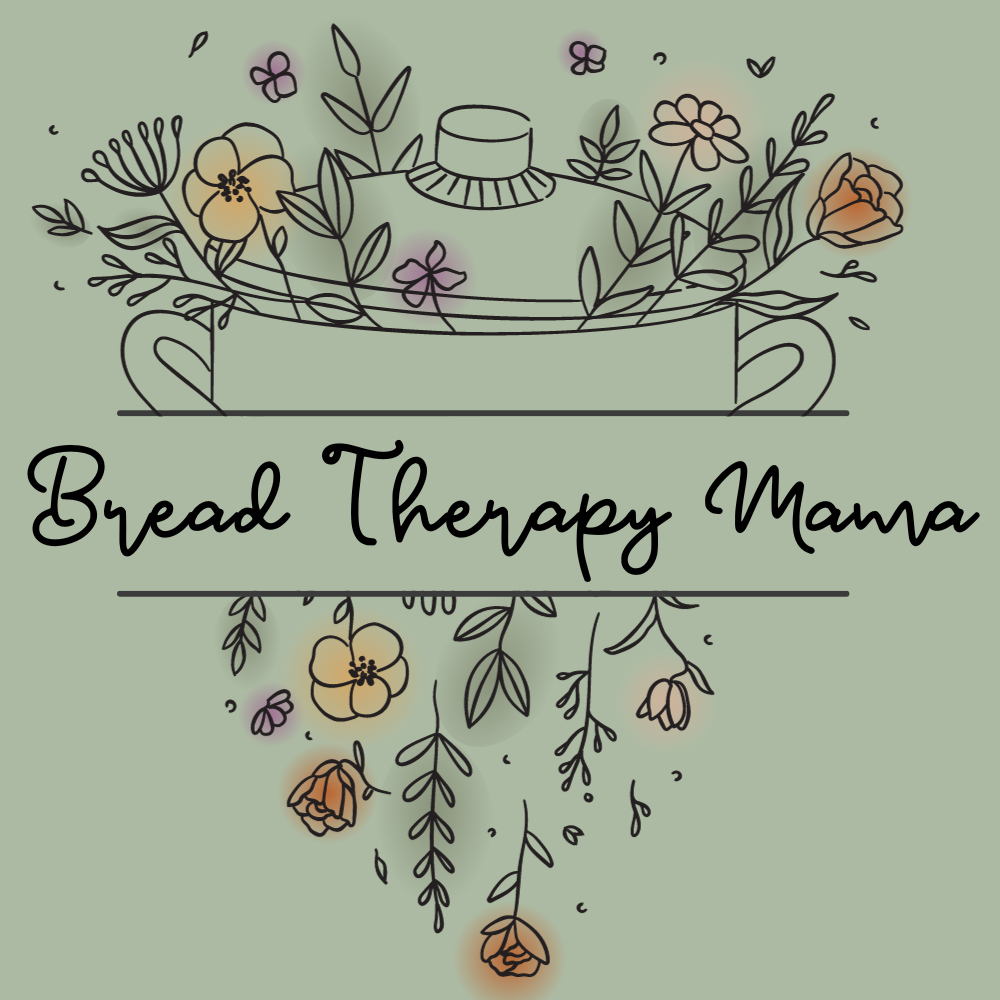3 Tips for Gluten-Sensitive Sourdough Bread Lovers
I have had a gluten intolerance for almost 10 years now. Let’s just say that learning about sourdough has been a game changer, because now I eat sourdough every day! If you are someone who has a hard time digesting gluten, then you can probably tolerate sourdough bread. Why? Because the fermentation process breaks down the gluten, causing the gluten content to much less than other breads. This has lead to me making EVERY bread product I know, into a sourdough version (ex: pizza crust, cinnamon rolls, bagels, pot pies, focaccia, etc.). If you are someone who has a hard time digesting gluten, and wants to get into the world of sourdough, I have 3 tips for you to make sure your bread stays as “low-gluten” as possible. Just because something is sourdough, doesn’t mean that you’ll automatically digest it fine, especially if you get it from the store. This is why I make all my sourdough products at home, so I can control how they are made and what they are made with. As always, if you have celiac or are unsure about how your body will respond to the gluten in sourdough, talk to your doctor first. This advice is for those with a sensitivity/intolerance, not for true allergies.
Tip #1: Let the dough ferment as long as possible
A common mistake I see, is assuming that just because a recipe calls for sourdough starter, that it will be low in gluten and safe to eat. This isn’t true. If you don’t let the dough sit and ferment, and let the active cultures in the starter do their job, then the starter is just acting as a yeast. Fermentation has to take place in order for the gluten to break down. Fermentation occurs when you let the dough sit and double in size. You can let the dough ferment on the counter (which can only take a few hours), or you can ferment in the fridge (which takes 24-48 hours). Whatever you decide to do, just make sure you aren’t cooking/baking the dough right away if you are trying to avoid gluten.
Tip #2: Use gluten free flour when flouring bread or surfaces
Most of the time a sourdough recipe will tell you to lightly flour a surface before kneading it, or flour your proofing basket before setting in dough inside. When you are flouring your bread or cooking surface, it is to make sure your dough doesn’t stick. This flour won’t be going through the fermentation process but will still be on the bread. This might not affect some people, but if you are trying to limit gluten, you probably want to use a gluten free flour.
Tip #3: Use Einkorn flour instead of white flour
Another option is to use Einkorn flour instead of regular white flour. Einkorn is an ancient grain that is naturally very low in gluten. It is also the only wheat that isn’t hybridized. The taste is a little nuttier than other flours, and you might need less water in your bread recipes than if you were using white flour. Many gluten sensitive people are able to tolerate Einkorn flour. Because Einkorn flour is so low in gluten, some people are able to tolerate it even without making it go through the fermentation process.You can also try using half Einkorn and half white flour in your sourdough recipe instead of jumping to 100% Einkorn. You can even use Einkorn flour for tip #2, and use that to flour your surfaces. You can find Einkorn flour on Thrive Market (use my link to get 30% off first order and get a free gift valued up to $60).
I hope those 3 tips are helpful! If you try any of them in your next recipe, make sure to tag me on Instagram @thisismirandalee! Go check out my podcast, Bread Therapy Mama, to learn more about food freedom through food education. If you have any other sourdough questions, check out my Sourdough Blog!




